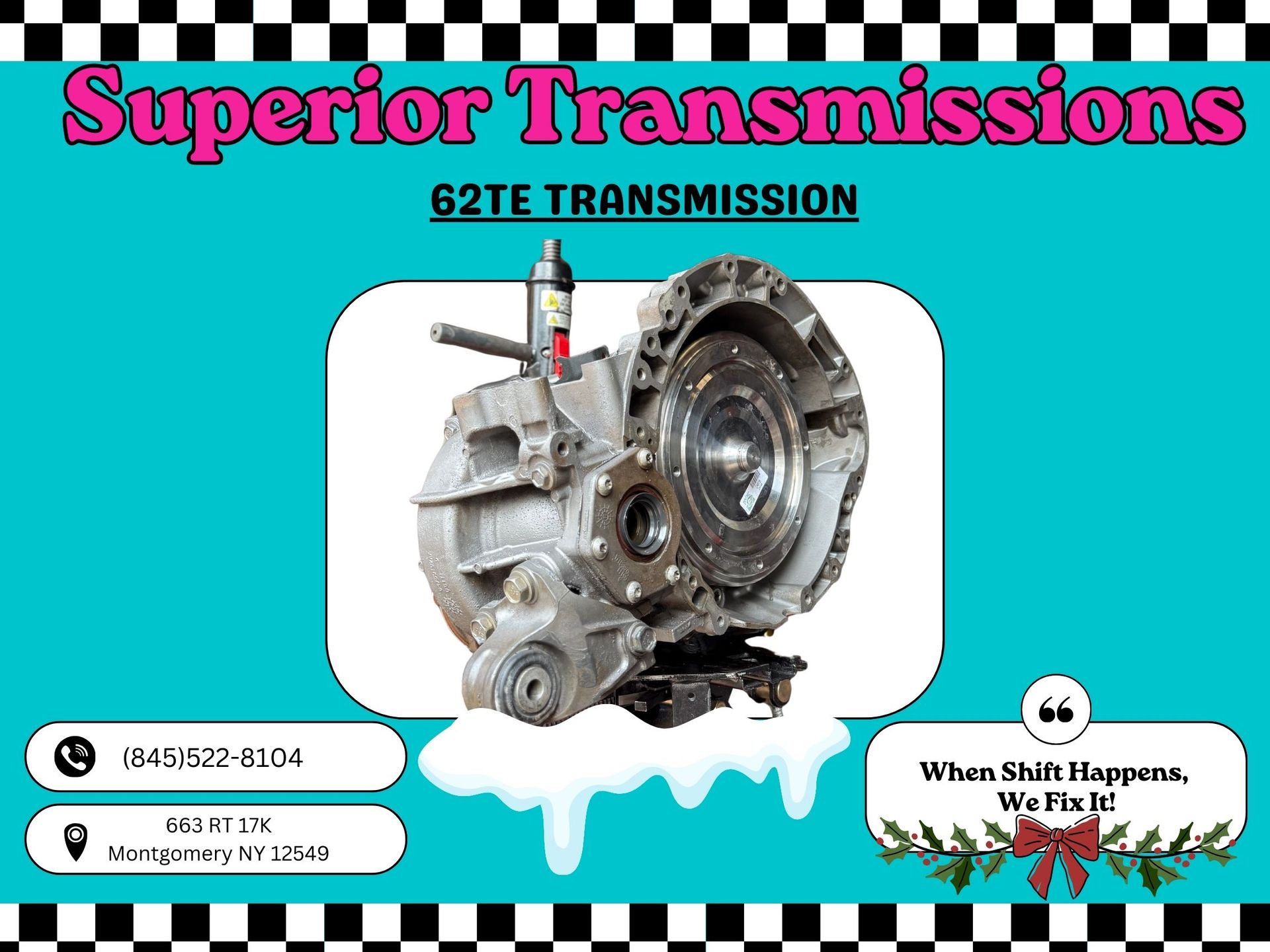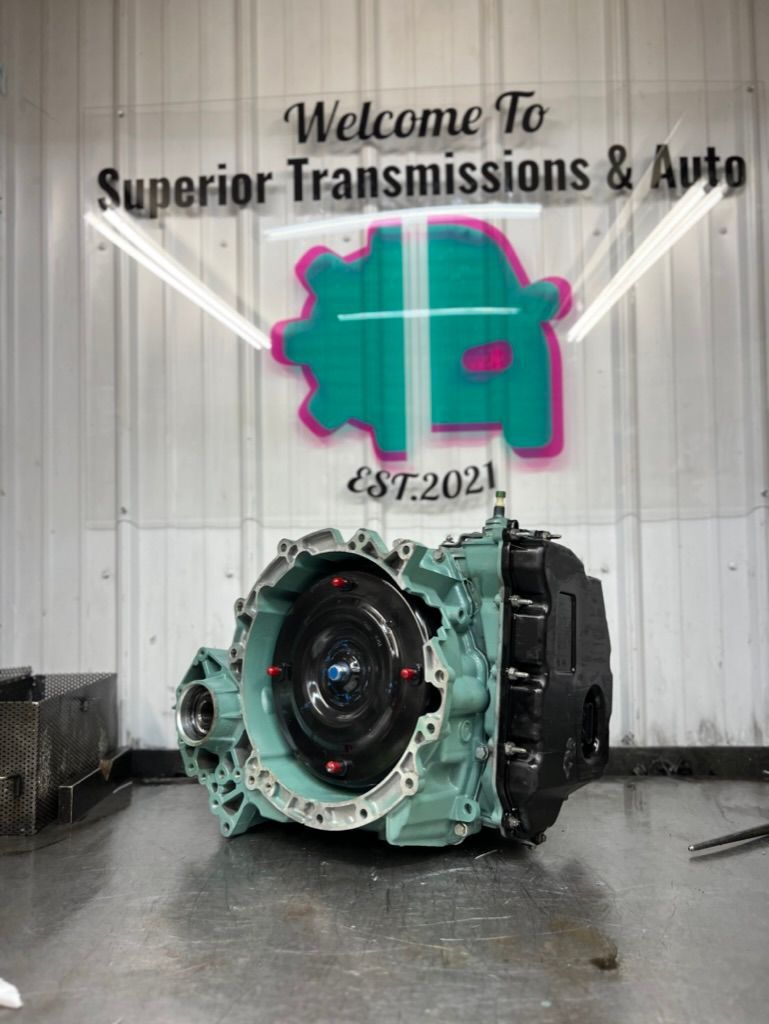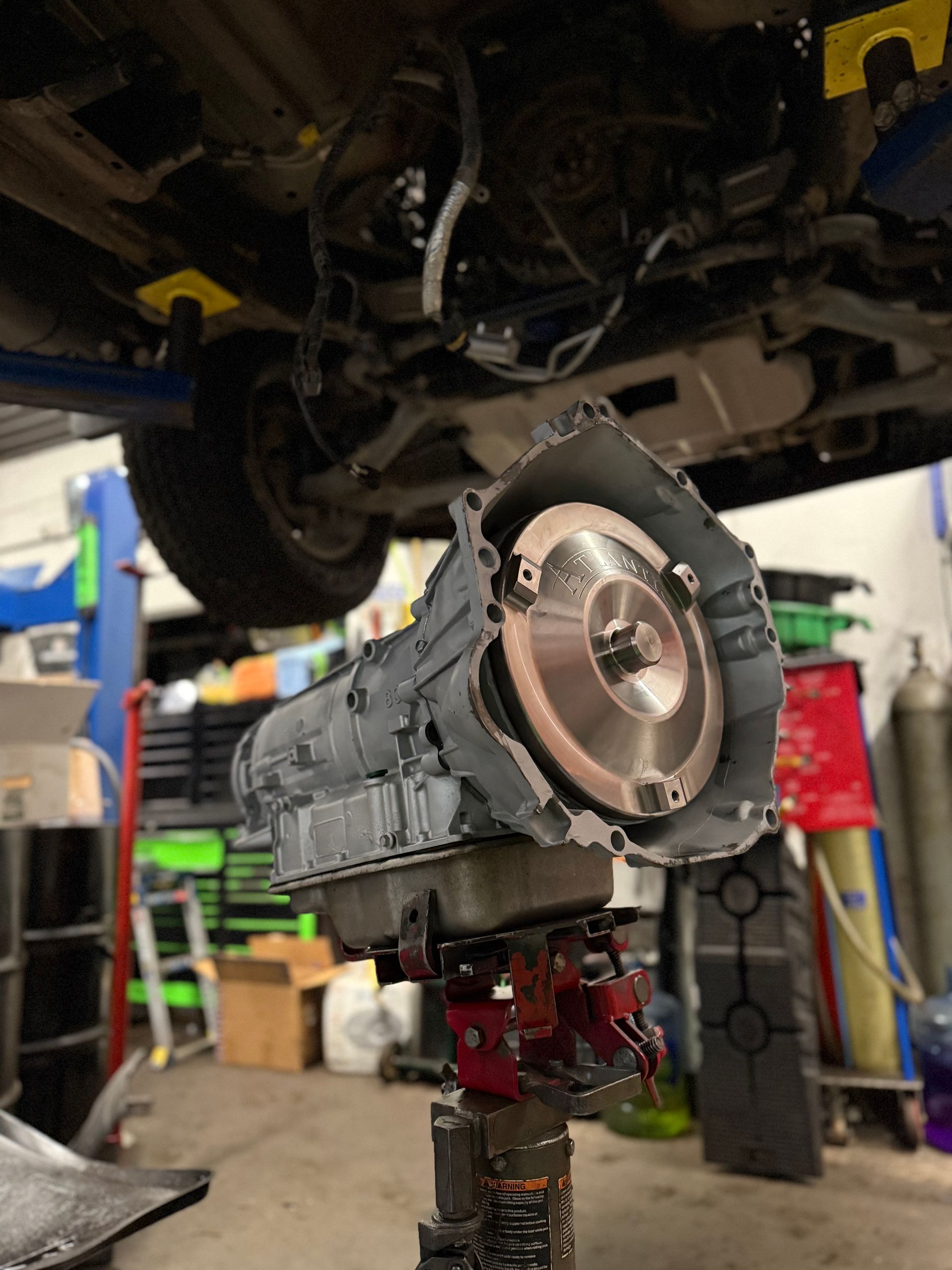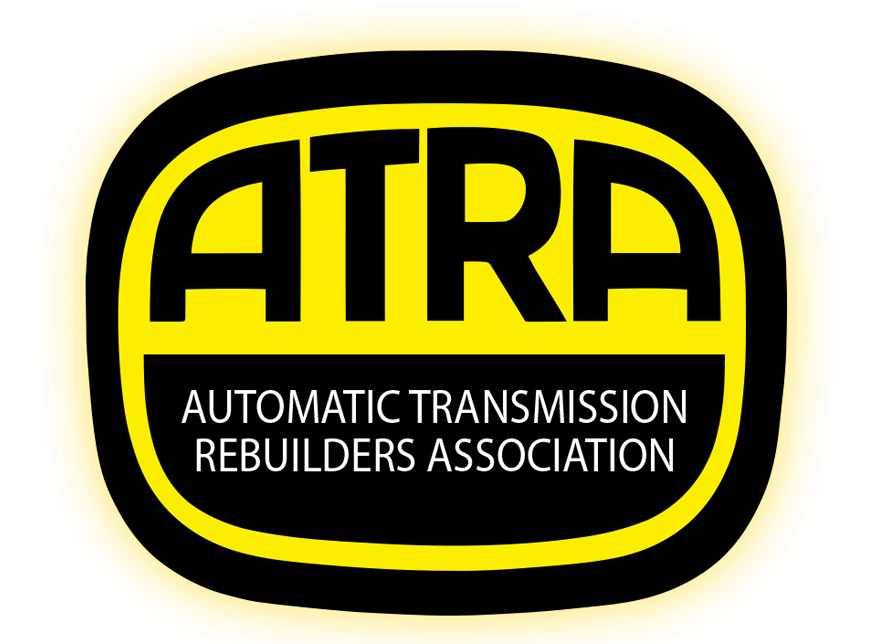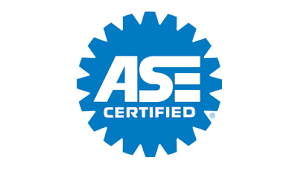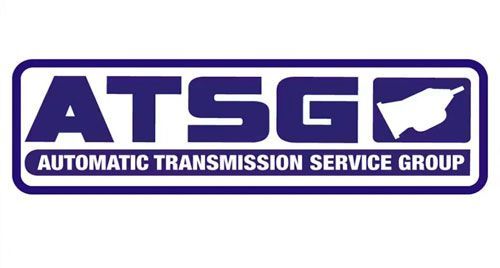Rewind to 2009
July 8, 2025
July 8, 2025
Cash‑for‑Clunkers to Cash‑for‑Kilowatts: What 2009’s $4,500 Trade‑In Teaches Us About Today’s EV Push
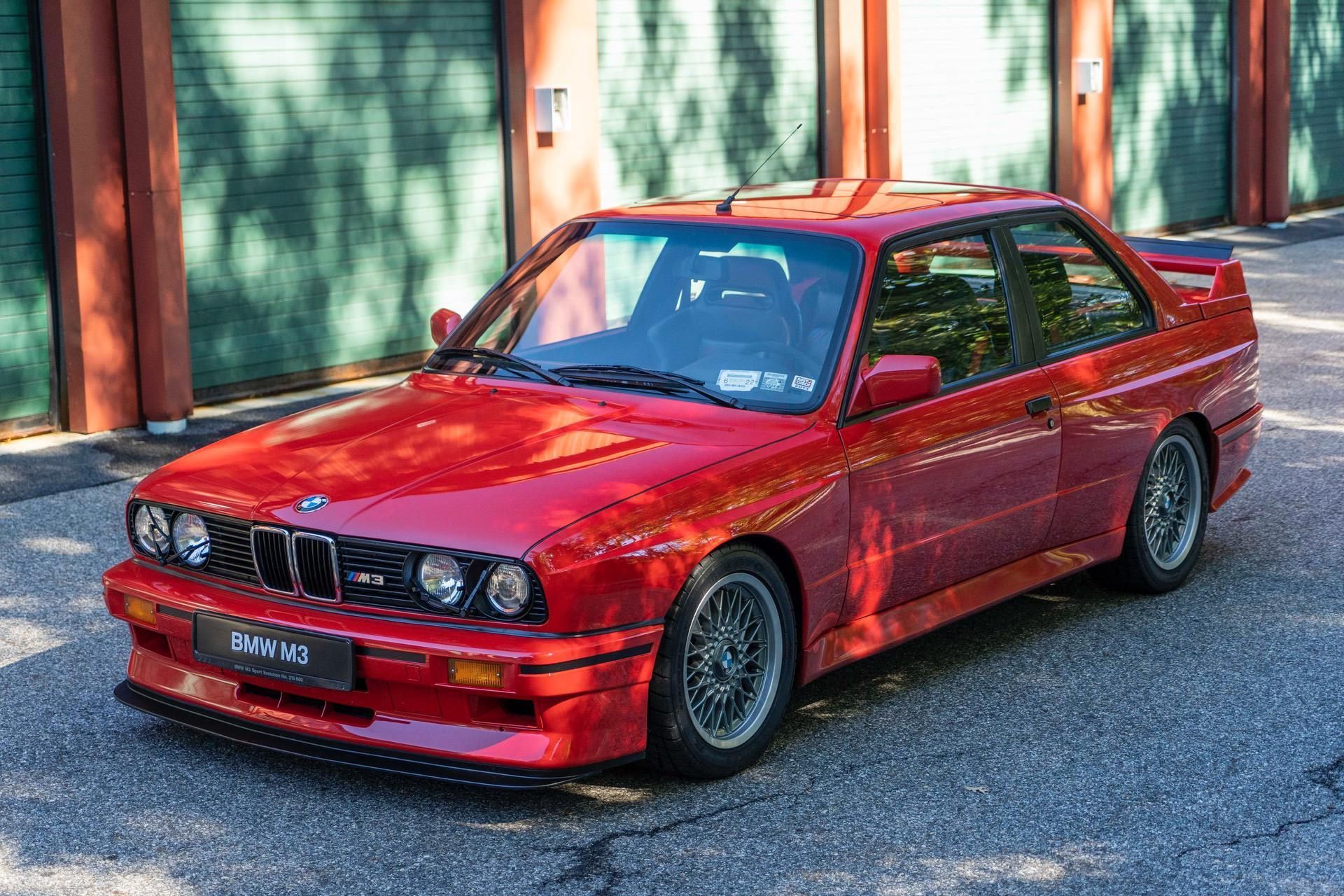
How a TikTok Scroll Sent Us Down the Cash-for-Clunkers Rabbit Hole
I was mindlessly scrolling TikTok when I came across a report breaking down the 2009 Cash for Clunkers program. What caught my eye wasn’t the $4,500 rebates or the effort to boost fuel economy—it was the insane number of vehicles now considered collectible or highly sought after that were traded in, scrapped, and lost forever. And the absolutely insane prices parts for these cars go for now online because they are so rare.
We’re talking about pristine Toyota Land Cruisers, Jeep Cherokees, BMW E-series, and even a 1992 GMC Typhoon—all dumped in favor of Toyota Priuses, RAV4s, and other “efficient” replacements. As a shop that builds, restores, and saves these kinds of vehicles every day, it hit a nerve. That video lit the fuse for this blog—and reminded us that while policies change, the importance of preserving well-built, serviceable vehicles never goes out of style.
A quick rewind to 2009
A quick rewind to 2009
In the depths of the Great Recession, Congress rolled out the Car Allowance Rebate System (CARS)—better known as Cash for Clunkers. For one frenetic month (July 24 – Aug 24 2009) drivers who handed in a thirsty pre‑2000 truck, SUV or sedan could walk away with $3,500–$4,500 toward a new, fuel‑efficient vehicle. By the time the program’s $3 billion was spent, 677,081 vehicles were disabled and recycled; the average trade‑in returned 15.8 mpg, while the replacement averaged 25.4 mpg—a 61 percent jump.
The casualties: ’80s and ’90s iron we now crave
Because every “clunker” had to have its engine destroyed with sodium‑silicate, once‑ubiquitous rigs like the Ford Explorer, Jeep Cherokee, Chrysler minivans and GMT400 pickups vanished by the tens of thousands. Today, auction data and Hagerty’s 2025 “Bull Market” list show that 1980s‑ and 1990s‑era SUVs and Japanese sports cars are among the hottest collectibles, their values up triple digits since 2019. The Cash for Clunkers program was aimed at improving fuel economy—but in the process, it sent a generation of now-iconic vehicles to the scrapyard. These weren’t just beaters with bad mpg—they were the trucks, SUVs, and oddball imports that today’s enthusiasts would pay handsomely to restore or collect. Among the crushed:
- Toyota Land Cruisers (FJ60 and FJ80) – Once considered gas-guzzling dinosaurs, these now routinely fetch five figures thanks to their bulletproof drivetrains and global cult following.
- BMW E-Series (E30s, E28s, E34s) – Beloved for their analog feel, simple engineering, and RWD driving dynamics, many were traded in and destroyed before the "Radwood renaissance."
- Buick Roadmaster Wagons with wood paneling – America’s last great body-on-frame family hauler, and now a favorite of hotrodders and retro-roadtrippers alike.
- Hundreds of Jeep XJs (Cherokees) and TJs (Wranglers) – With simple, reliable inline-six engines and off-road credibility, these models are now sought-after platforms for builds and restorations.
- Toyota Supras – Early ‘90s models were traded in and destroyed before Fast & Furious nostalgia sent their values into the stratosphere.
- 1992 GMC Typhoon – One of only 4,697 ever made, this turbocharged AWD SUV was a muscle car in disguise. At least one was lost to the program.
- Ford Taurus SHO (Yamaha V6 models) – Manual transmission sport sedans that could run with Mustangs in their day. Hundreds were scrapped.
- Chevy Blazers, Broncos, and S-10s – Old-school 4x4s with big followings now, especially among off-road and overlanding enthusiasts.
- Mercedes-Benz diesels – Bulletproof W123s and W124s with legendary longevity were scrapped just because of their mpg ratings.
While the environmental goals were well-intended, the automotive culture loss was real. Collectors today regularly post “Cash for Clunkers survivor” tags online, and several enthusiasts have gone so far as to build tribute vehicles to those that were crushed under the program.
Did it move the climate needle?
Independent studies estimate that CARS prevented ≈4.4 million metric tons of CO₂ over the lifetime of the new vehicles—roughly 0.4 % of U.S. light‑duty emissions for a single year. In policy‑speak, that made the program visible but not transformative.
From Priuses then to Teslas now
Many of the 2009 rebate winners chose hybrids like the Toyota Prius, which suddenly penciled out when the sticker dropped four grand. Fast‑forward to 2025 and the federal carrot is bigger:
Incentive
2009 (CARS)
2025 (IRA Clean‑Vehicle Credit)
Max federal benefit $4,500 (instant)
$7,500 (transferable at point of sale or on tax return)
Eligible tech Gas ≥22 mpg
Battery‑electric, plug‑in hybrid or fuel‑cell
Scrappage required? Yes—old car destroyed
No—trade‑in optional
IRS rules now let you hand the credit to the dealer the day you sign, and stricter battery‑content rules mean only certain EVs qualify.
The policy déjà vu
2009 Cash‑for‑Clunkers 2025 EV Push
Jump‑start a slumping auto market after a crisis Accelerate a transition already under way
Immediate MPG gain, modest lifetime CO₂ cut Steeper lifetime CO₂ cut, higher up‑front cost and grid impacts
Scrapped vehicles depleted future classics Battery and mineral sourcing questions loom
$4,500 maximum Up to $7,500 federal + state perks
Is it working?
Despite chatter of “EV fatigue,” Americans bought 1.3 million EVs in 2024—about 8 % of all new cars—while hybrids and EVs together cracked 20 % for the first time. California and New York now mandate 100 % zero‑emission new‑car sales by 2035, signaling that the incentives are only one piece of a much bigger regulatory puzzle. (cnbc.com, gov.ca.gov)
What It Means for Drivers—and for Superior Transmissions & Auto
1. Beware Unintended Scarcity
When policy forces older vehicles off the road, the affordable‑used market shrinks. If you’re hanging onto a beloved Wrangler, Supra, or Silverado, preserving it matters more than ever. We specialize in drivetrain rebuilds—from classic manual transmissions to modern eight‑speed automatics—helping keep irreplaceable vehicles alive and reliable.
2. Think Lifecycle, Not Just Tailpipe
Scrapping a perfectly serviceable car carries its own carbon cost. A quality rebuild or differential repair can extend a vehicle’s life by a decade for a fraction of the environmental footprint of manufacturing a new one. Our nationwide warranty means you can make that green choice with confidence.
3. Make New Tech Painless
Today’s $7,500 credit is finally available right at the dealership desk—no waiting for tax season. But new tech still needs service. We’ve invested in dealer‑level diagnostic software and EV‑safe equipment to handle battery / inverter cooling systems, high‑voltage drivetrains, and the complex programming that keeps them humming.
4. Mind the Supply Chain—Your Maintenance Schedule Depends on It
Lithium, nickel, rare‑earth magnets: they’re the new catalytic converters. Component shortages can make a simple repair either pricey or impossible. Staying on top of routine fluid exchanges, software updates, and drivetrain inspections is your best hedge against downtime—especially for hybrid transaxles and e‑drive units.
The Road Ahead
Cash‑for‑Clunkers was a bold—if blunt—instrument for a gasoline age. Clean‑vehicle incentives are shaping an electric endgame. History shows that clear, immediate carrots work, but they leave fingerprints on the car community for decades.
Whether you’re protecting a future classic, nursing a high‑mileage commuter, or getting acquainted with kilowatt hours for the first time, Superior Transmissions & Auto is your pit crew:
- Transmission & differential rebuilds (classics to modern 10‑speeds)
- Hybrid and EV drivetrain service with OEM‑grade tools
- Advanced programming & diagnostics—because software is the new wrench
Fifteen years from now, collectors may mourn the first‑gen Model 3s we recycle for their batteries. Let’s keep your ride out of that pile—gas, hybrid, or electric. Schedule your diagnostic scan or preventative service with us today, and drive the future without sending history to the crusher.


